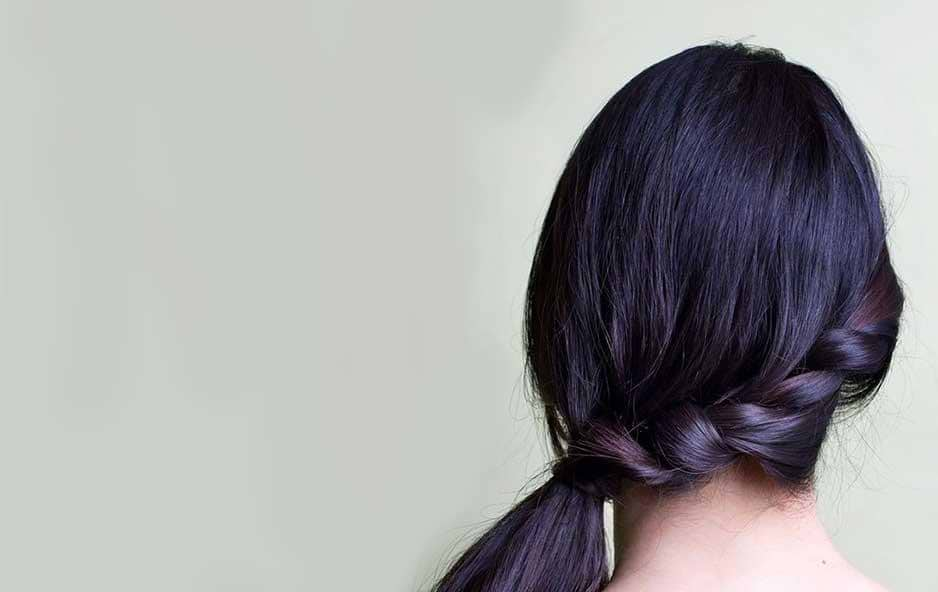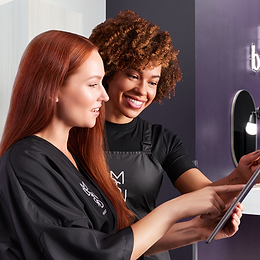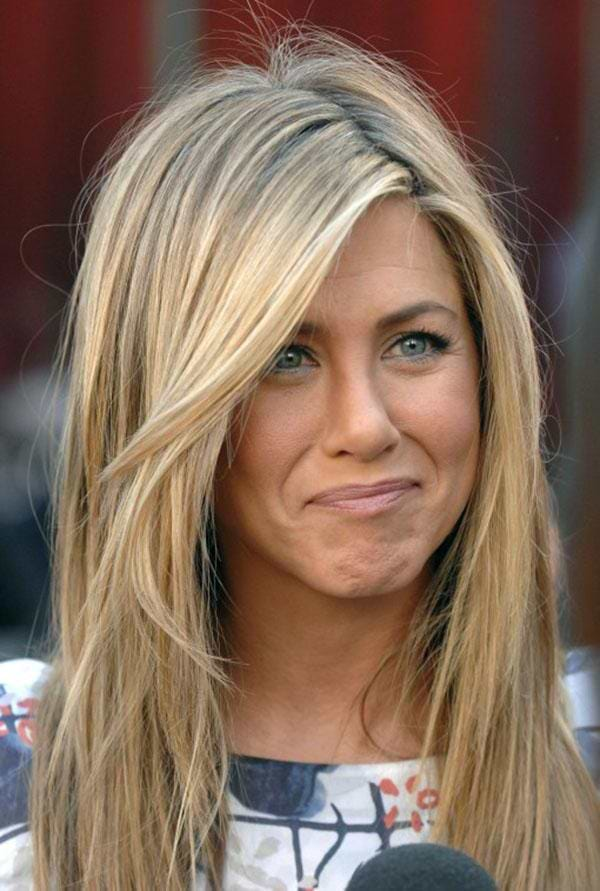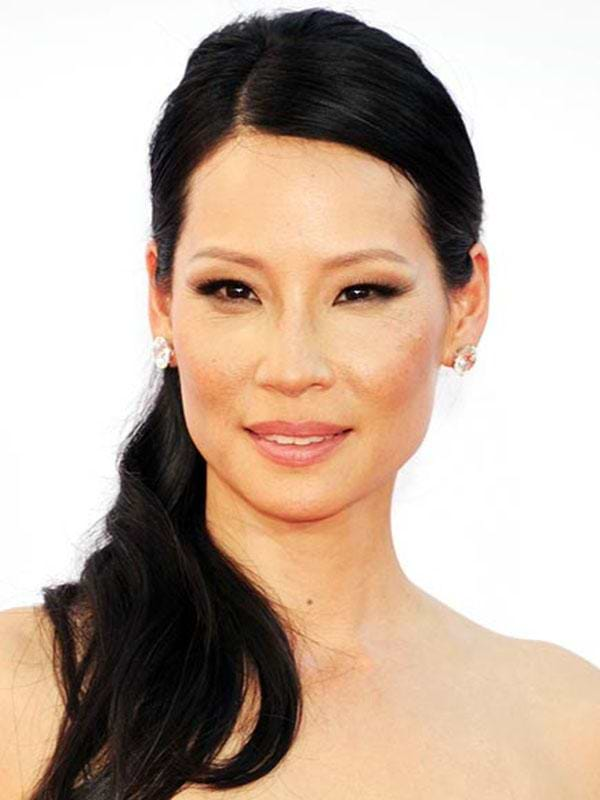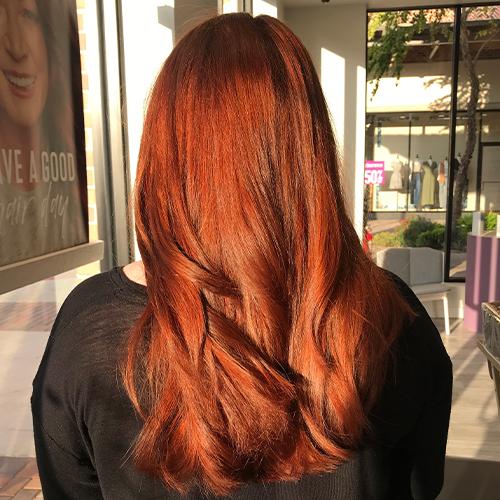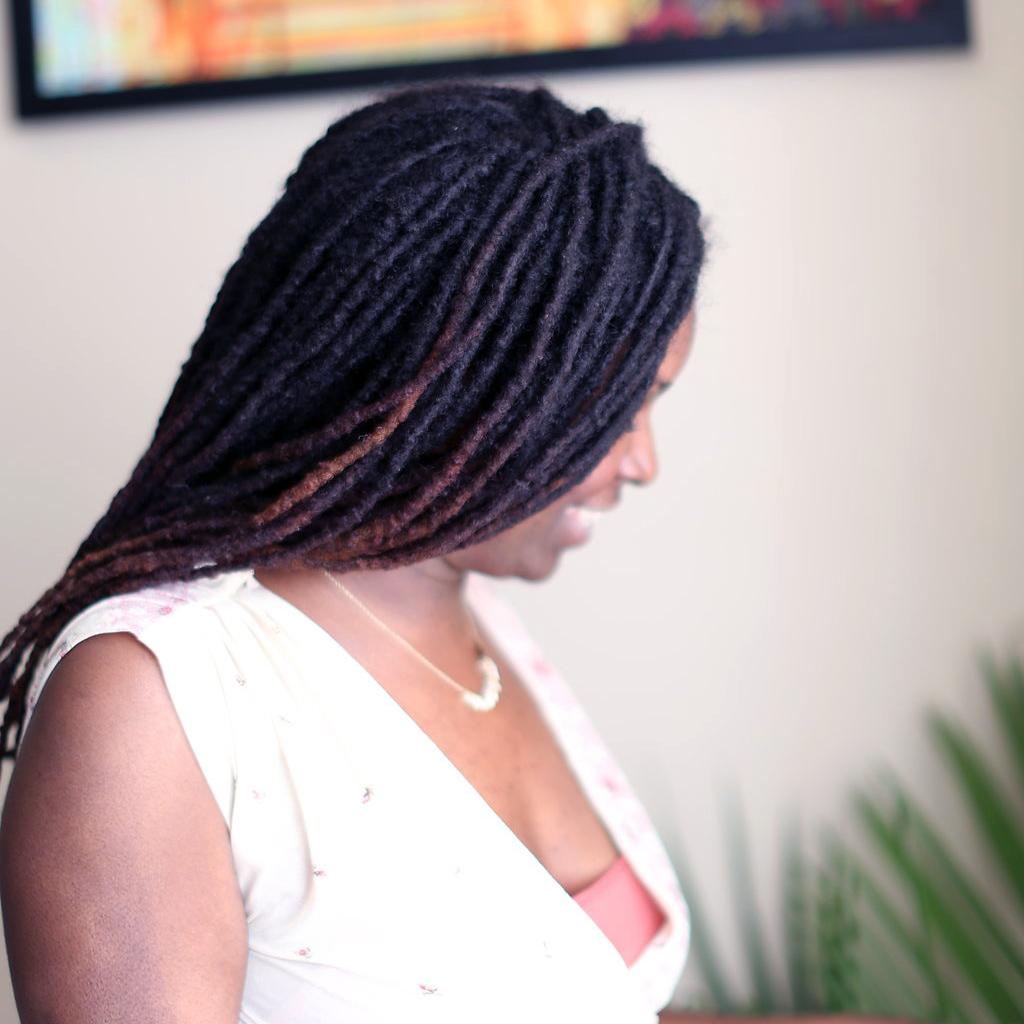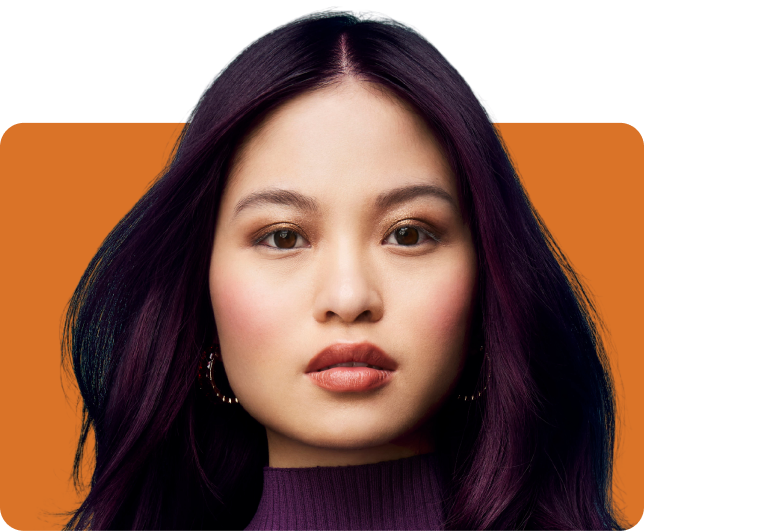Straight hair seems easy...it’s just straight, right? Wrong. There are different types of naturally straight hair, from fine and thin to thick and coarse, with pros and cons for all the ways hair can be straight—and yes, we’re even talking about hair that’s straightened using styling tools and products. So if you have naturally straight hair or just like to straighten it from time to time, read on for all the tips + tricks you need for gorgeous, healthy-looking hair.
Pros of Naturally Straight Hair
It’s tough stuff! Due to a relatively streamlined structure, it’s easy for the natural oils from the scalp (sebum) to make their way down to the hair shaft, giving naturally straight hair all the nourishment it needs. Because of this, straight hair remains strong during aggressive brushing, braiding, or styling.
A mirror-like shine. People with naturally straight hair can skimp on the extra shine serum because the straight surface of the hair reflects more light, can be smoother, and thus shinier.
It’s easy to grow out. One of the best parts about naturally straight hair is that it’s easy to grow long and strong. The hydration it gets from the sebum means it is less prone to split ends and breakage, bringing stamina and elasticity that snap back.
Cons of Naturally Straight Hair
Void of volume. People with naturally straight hair sometimes struggle with lack of body in their hair. It’s often a challenge to retain thickness with hair spray alone. Naturally straight hair is usually quite smooth, which means it may need some volumizing help.
Easily greasy. Naturally straight hair follicles are smooth, so the sebum is more visible on top of the hair. The easy breezy notion “wash your hair just twice a week” doesn’t cover the conditions for people with straight-hair, who look (and feel) a lot better with more regular shampoos.
A hint of humdrum. While classic and timeless, straight hair also lacks the texture needed to give it some oomph. Of course, we love the long hair, don’t care approach. But straight hair is more difficult to manipulate, leading to a long hair, no flair situation.
